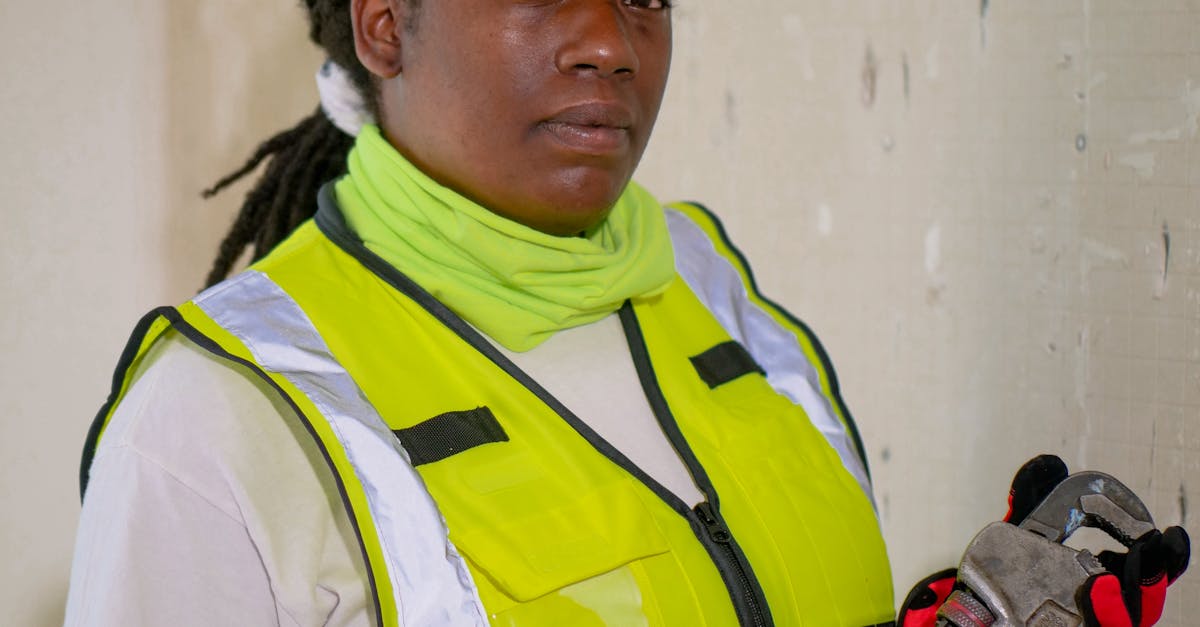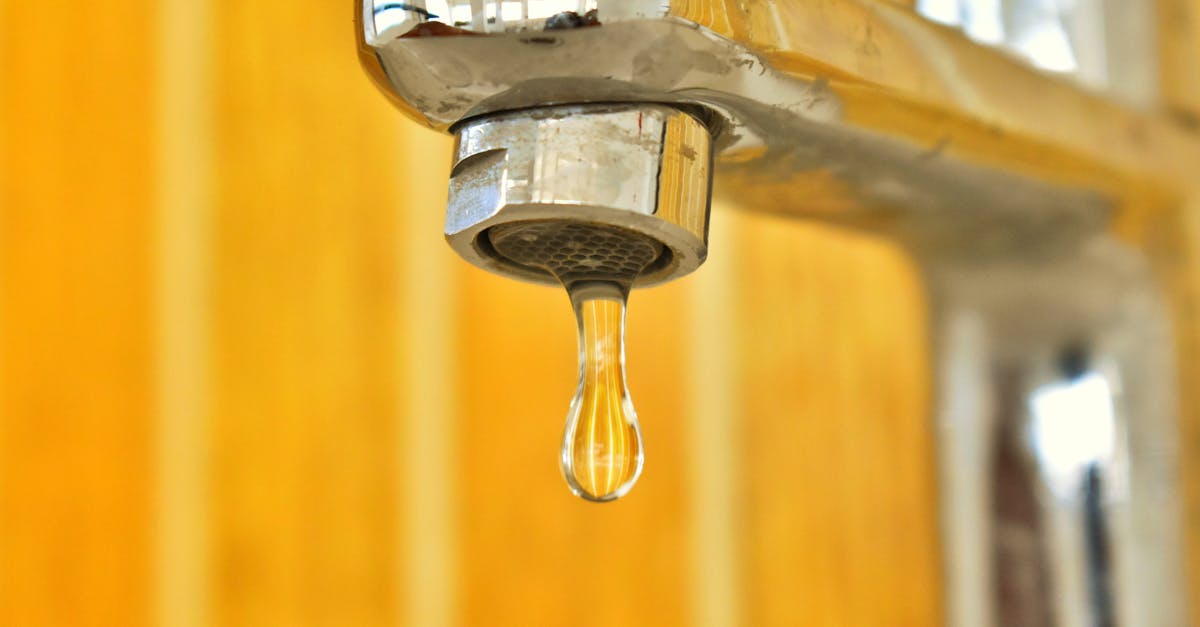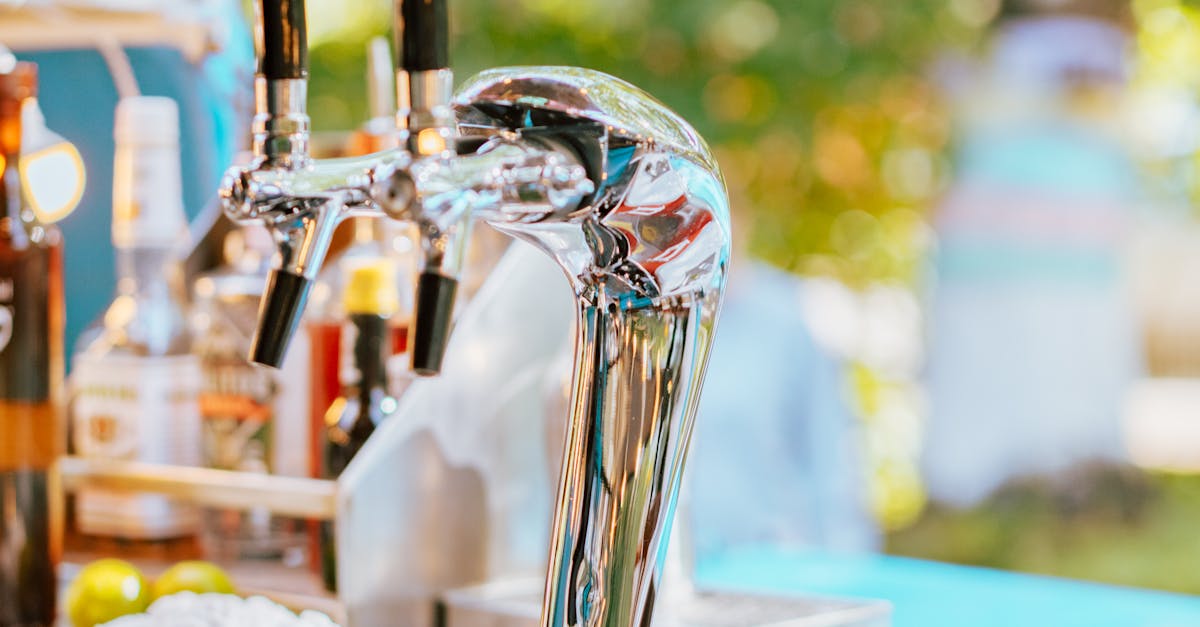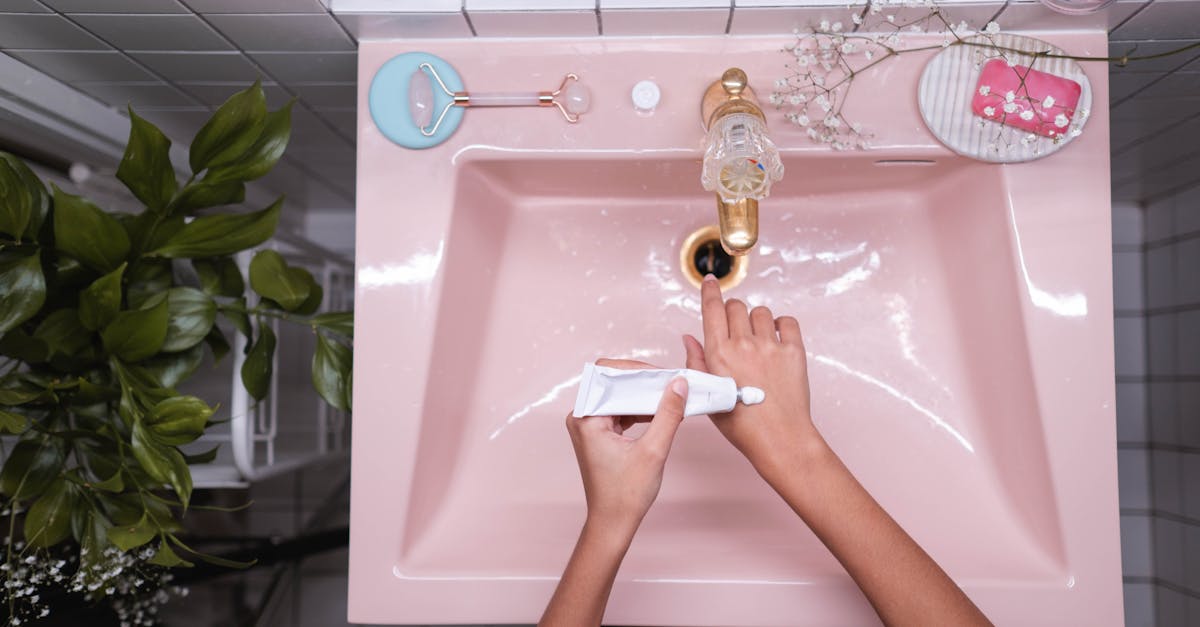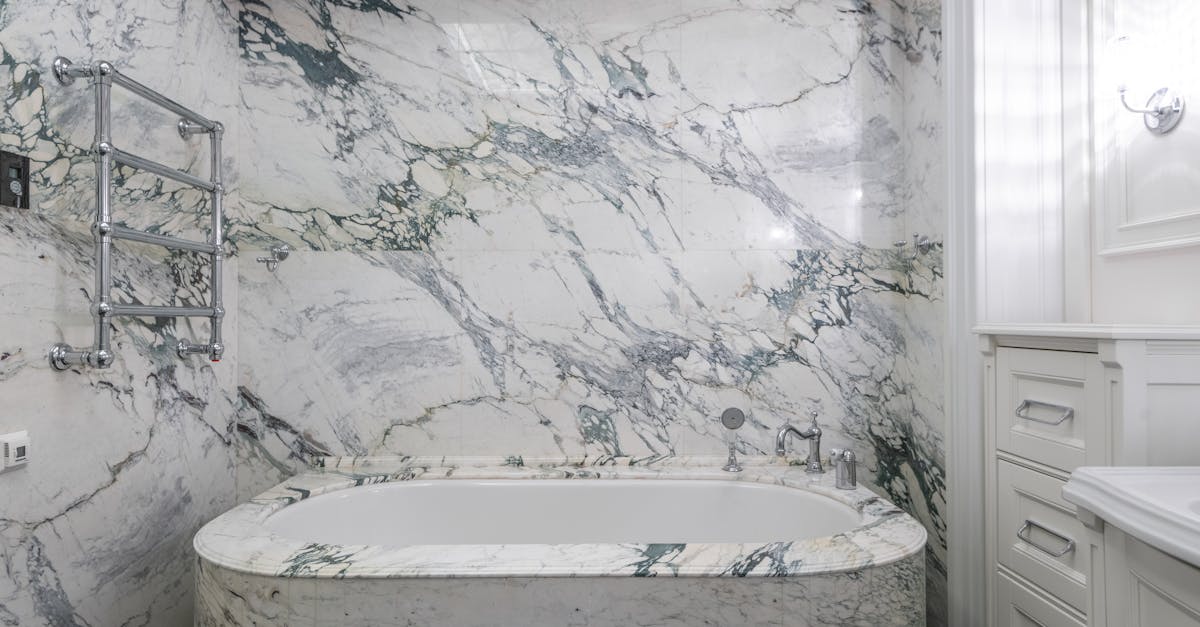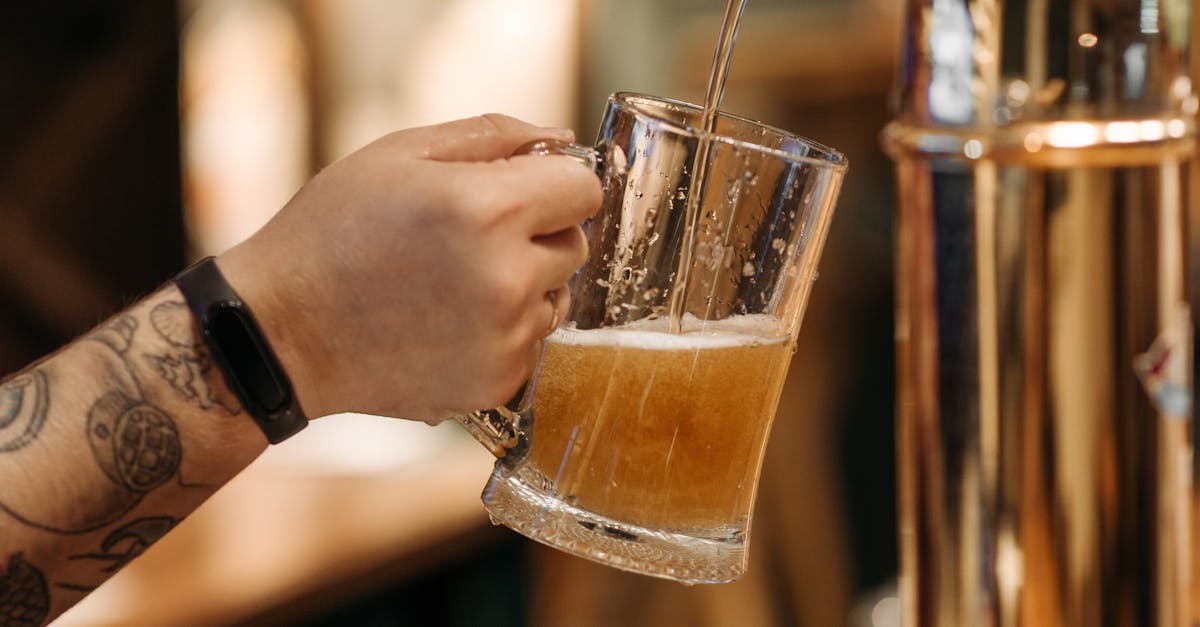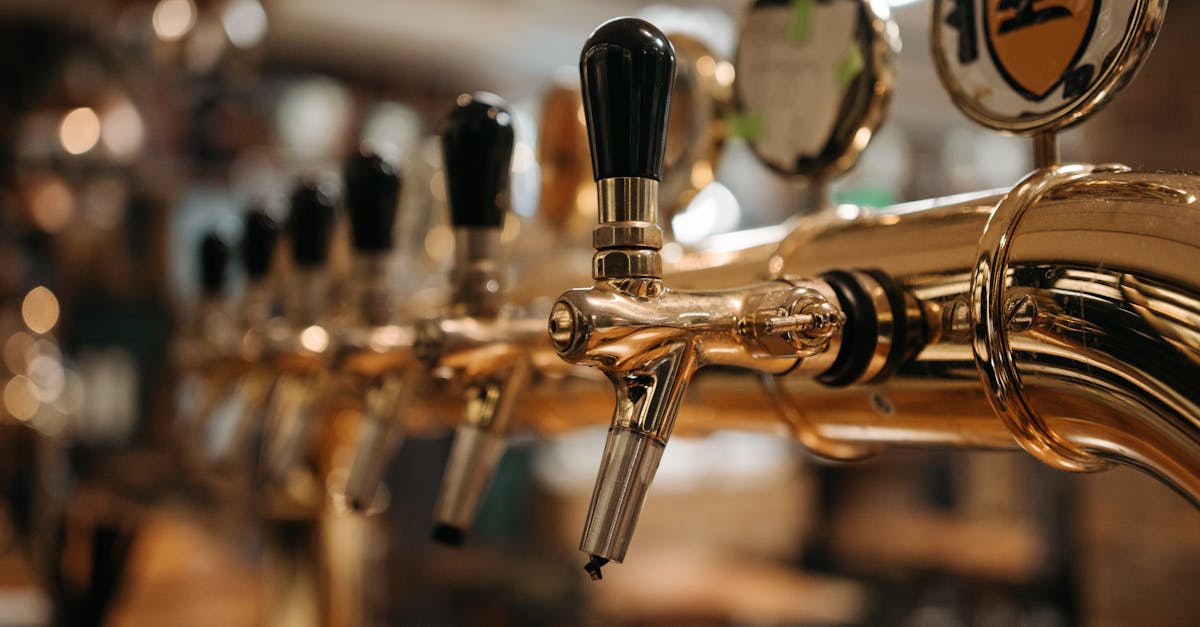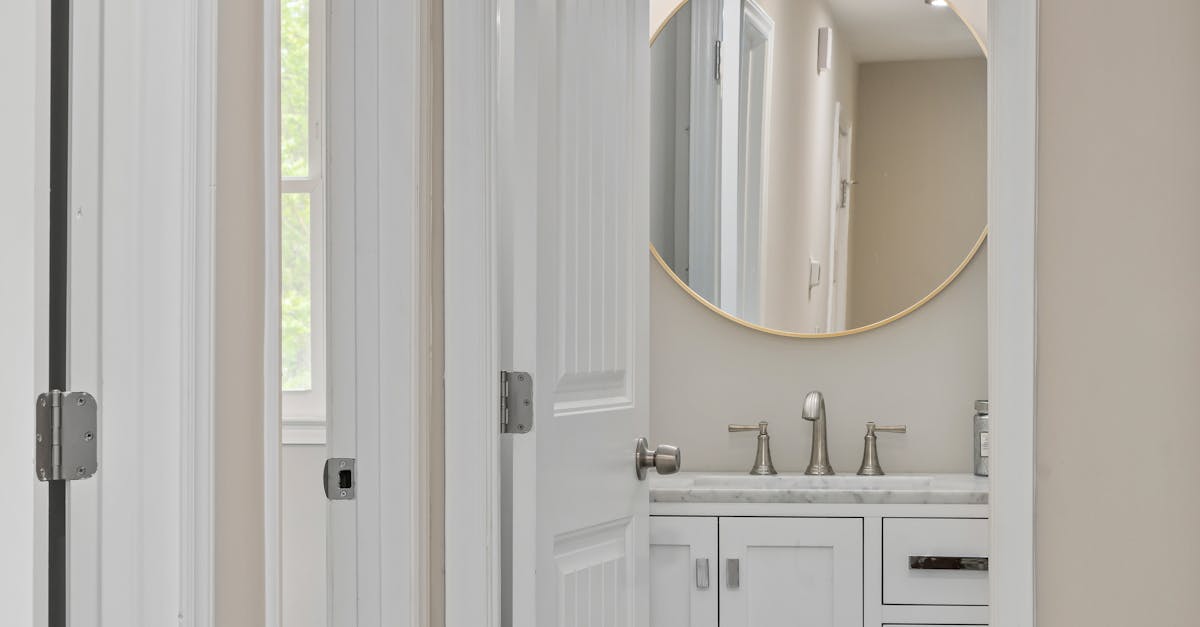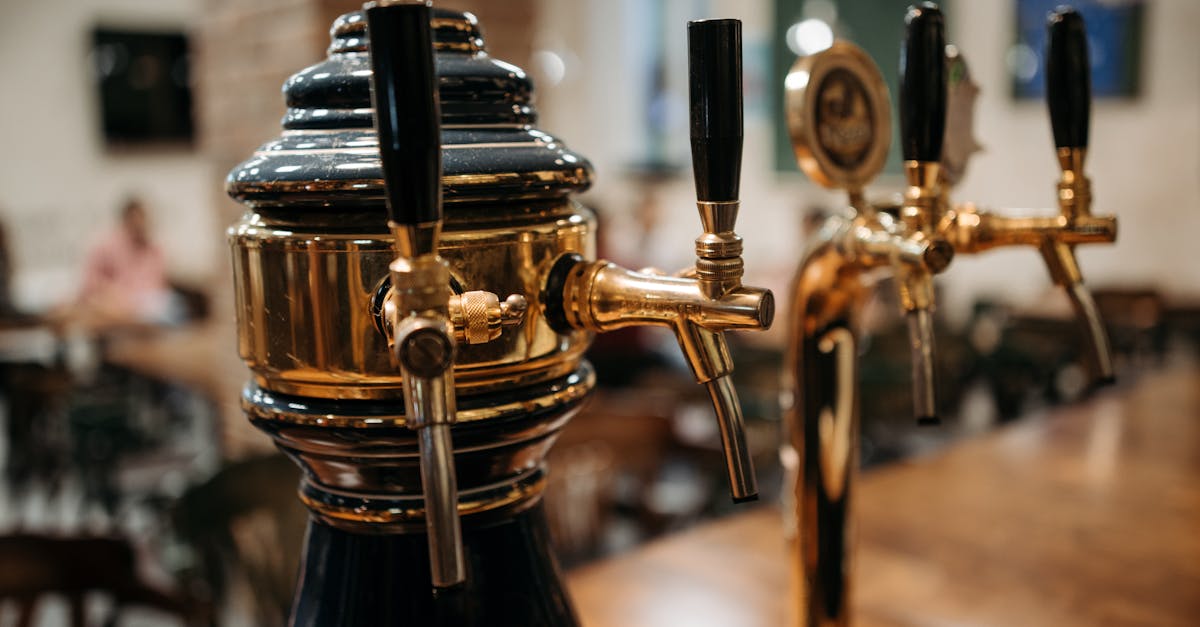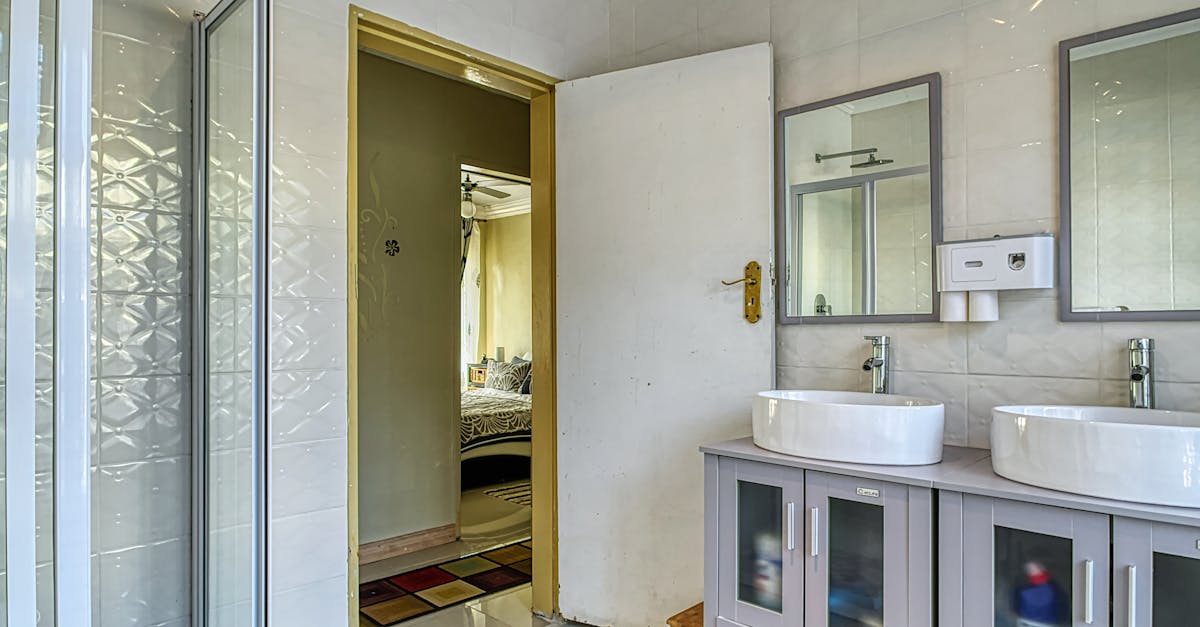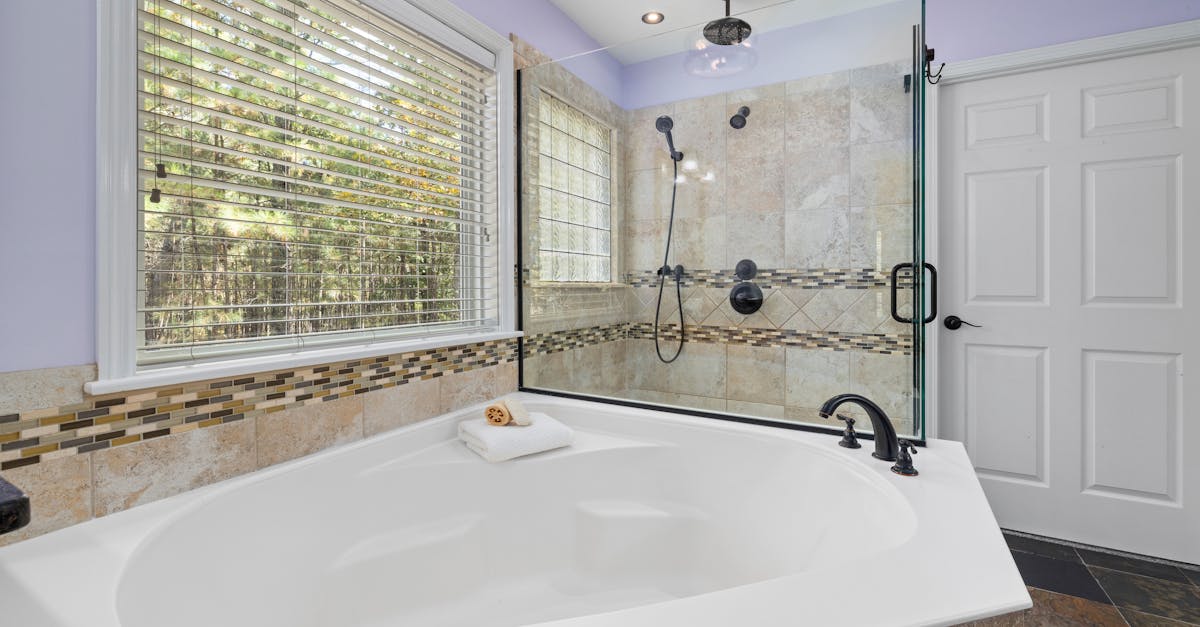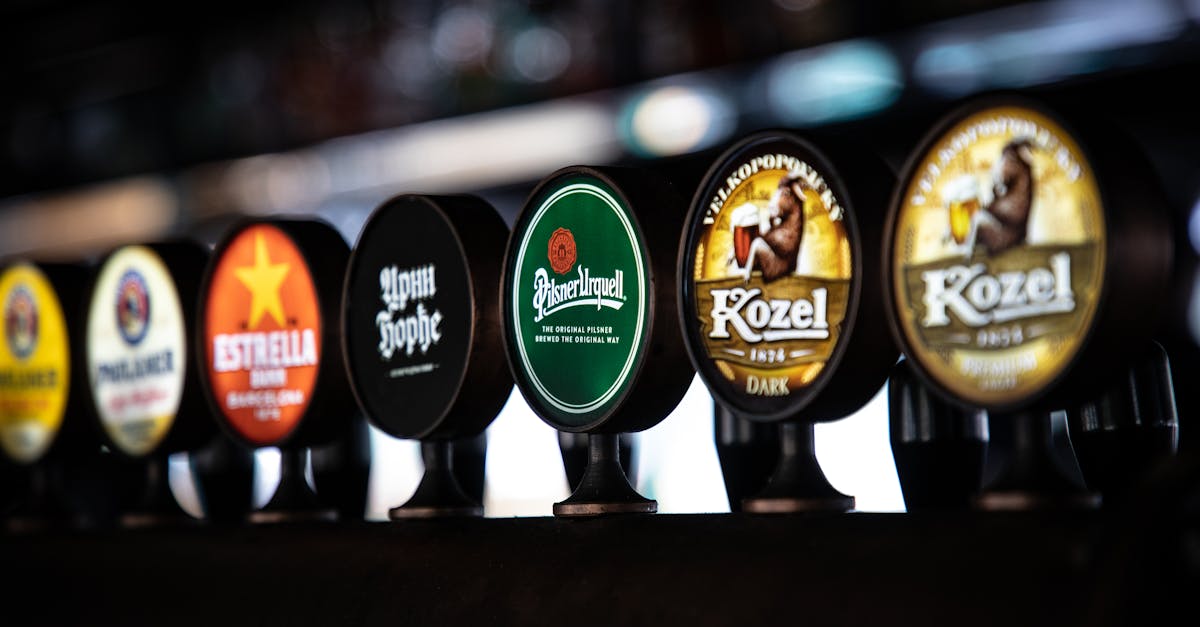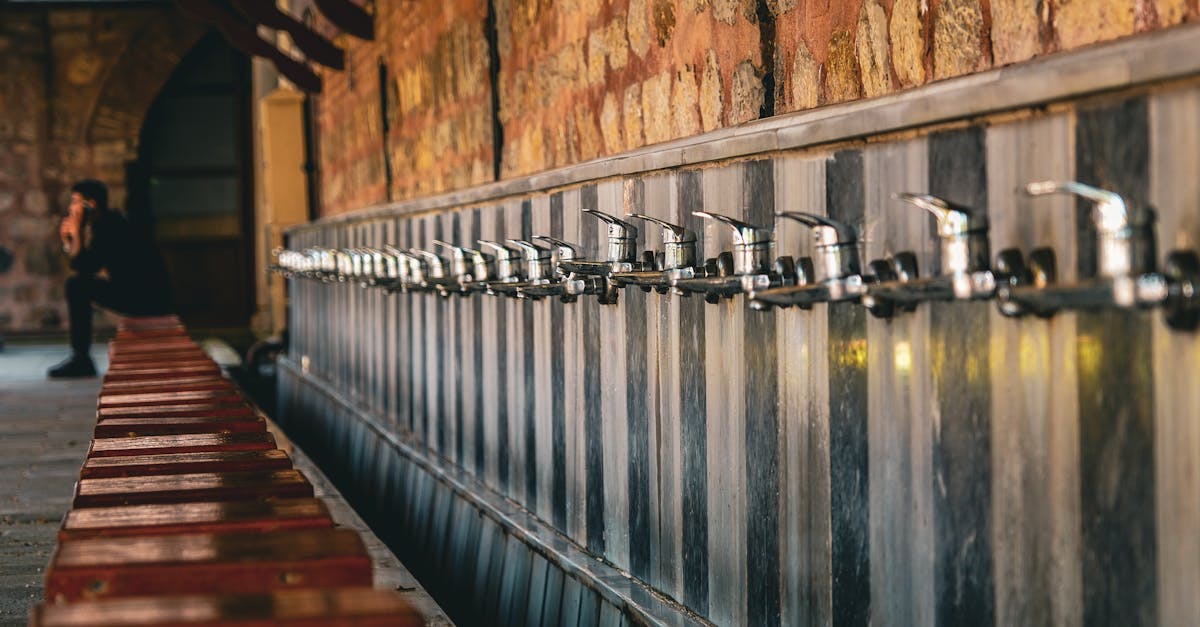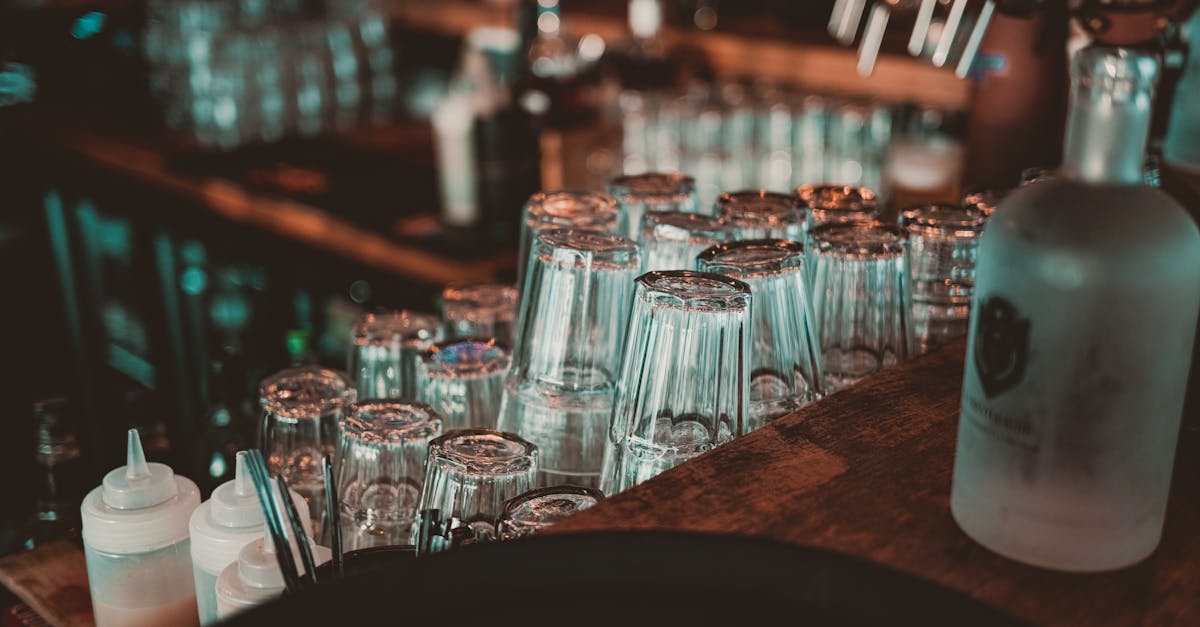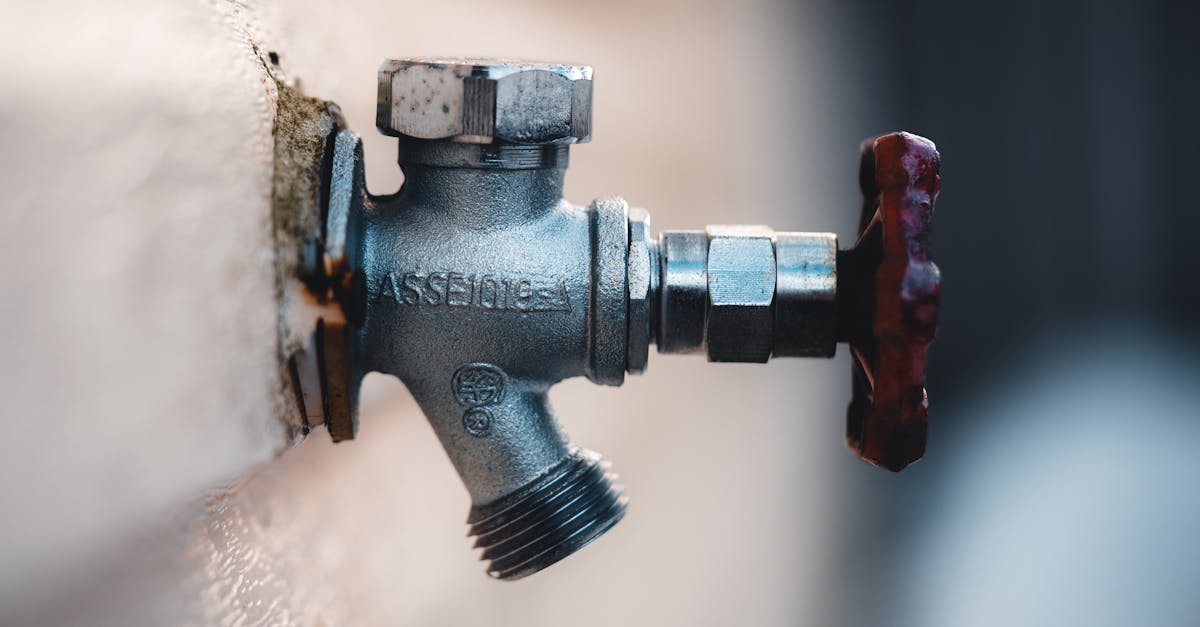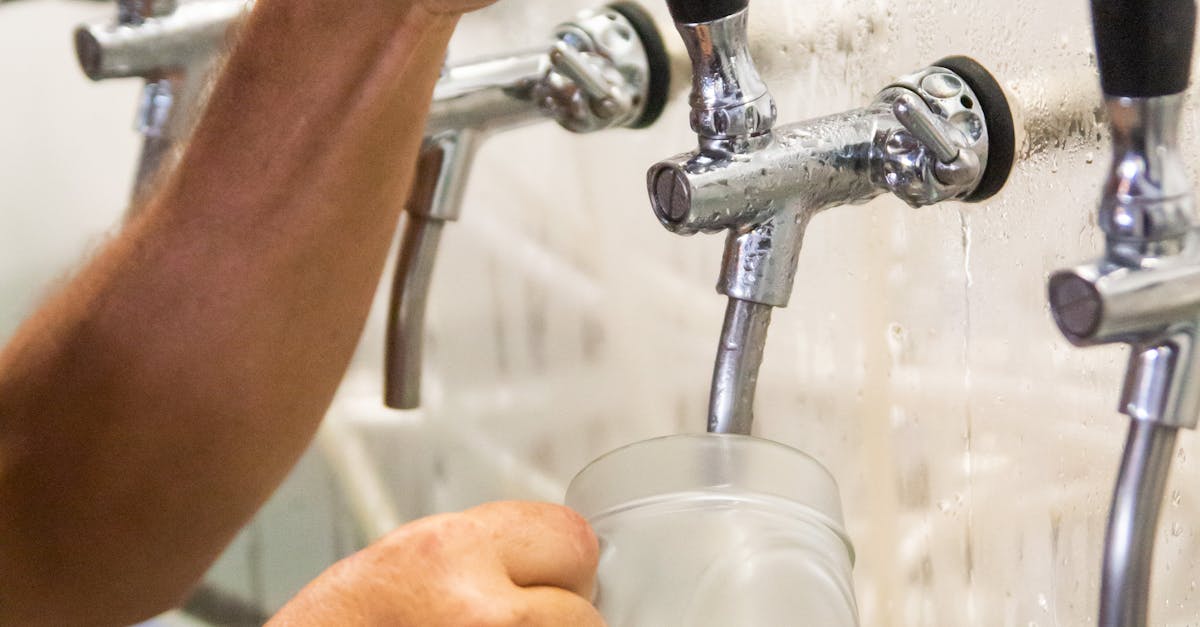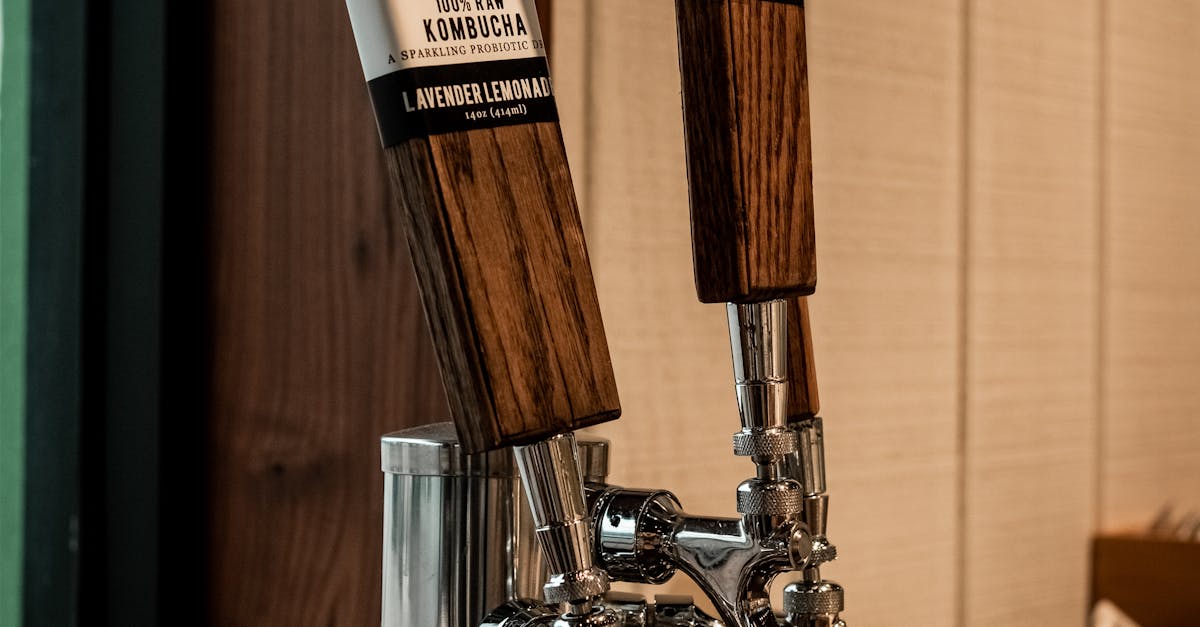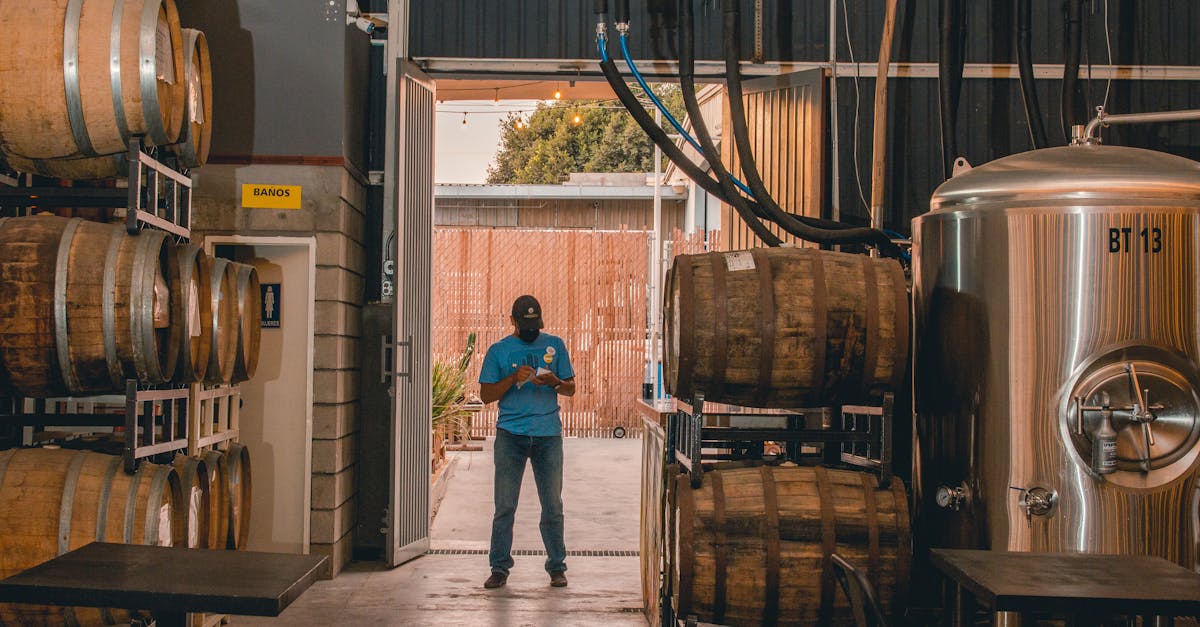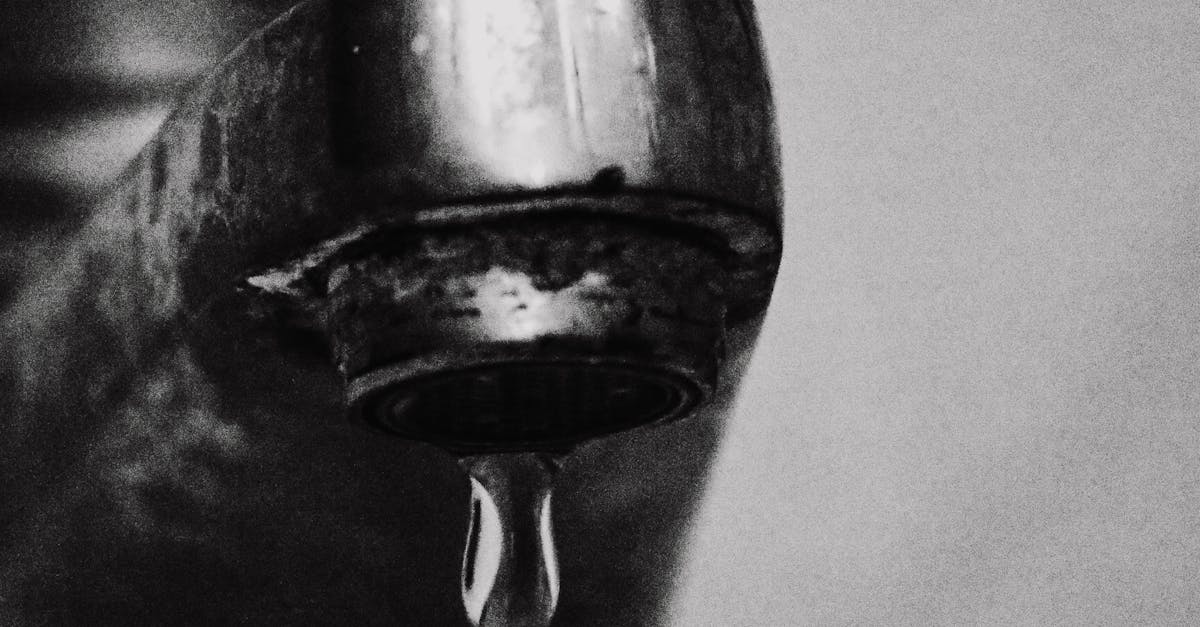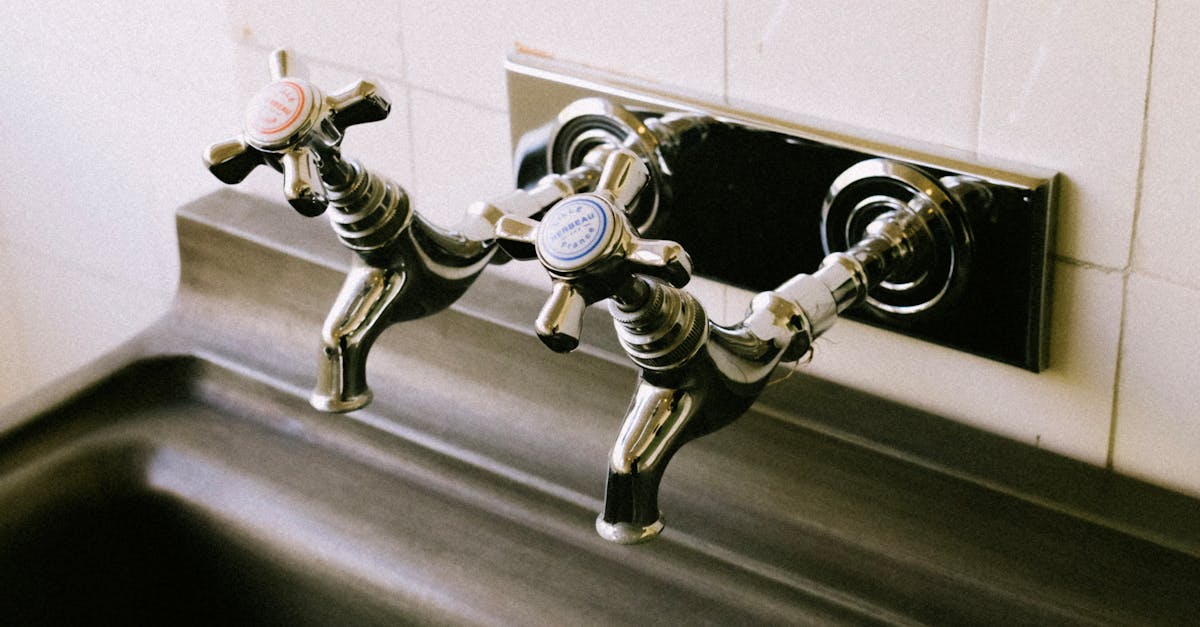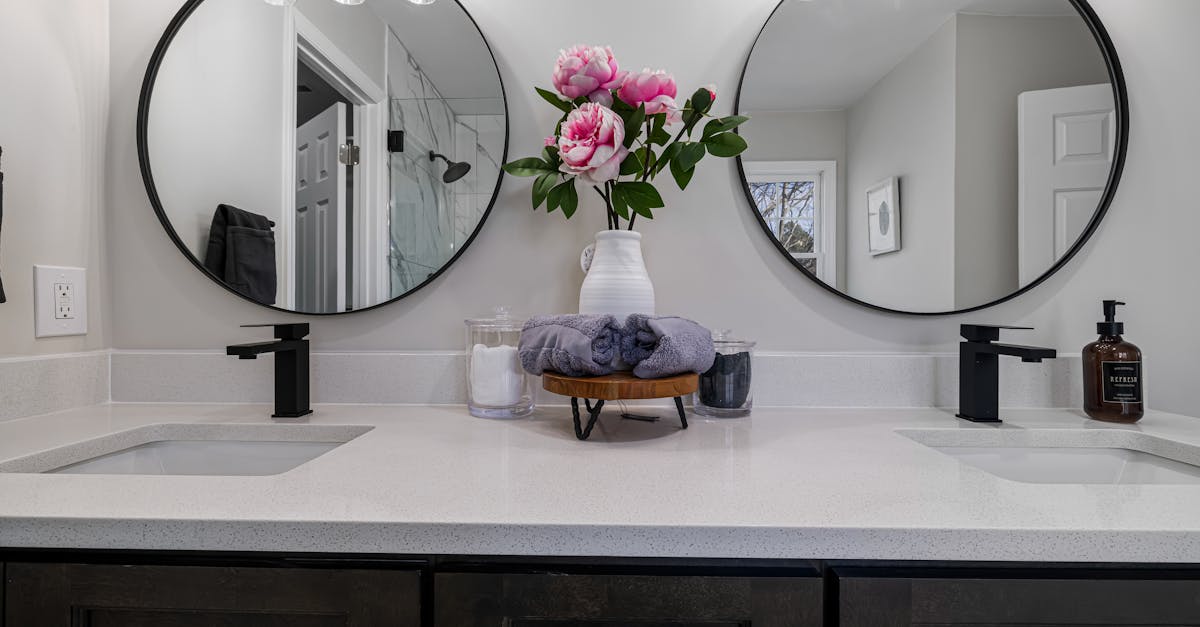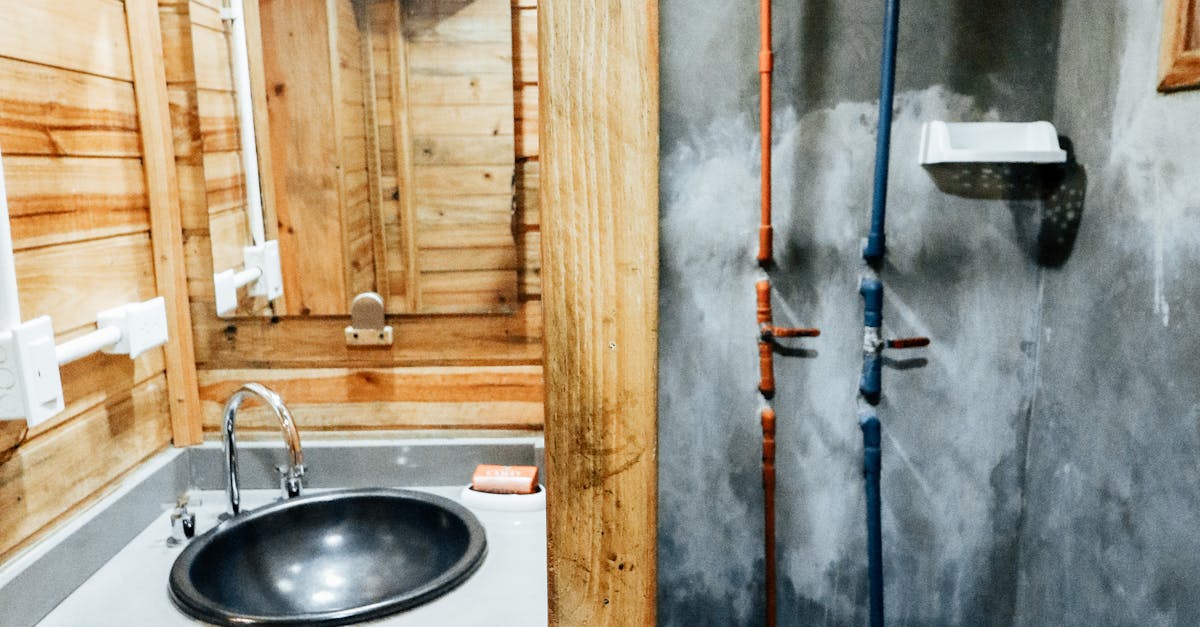
Table Of Contents
Inspecting the Spindle
Inspecting the spindle is a crucial step when dealing with leaking taps. Start by turning off the water supply to prevent any mess. Remove the tap handle carefully to expose the spindle. Look for any visible signs of wear or damage, such as cracks or bends that could contribute to the leaks. Additionally, check the rubber washers and seals surrounding the spindle, as these are often the culprits behind persistent dripping.
Once the spindle is exposed, rotate it to assess its smoothness. Any stiffness or unusual resistance may indicate that the spindle requires lubrication or replacement. Pay attention to any build-up of grime or mineral deposits that could affect its function. Regular inspections can help identify issues early and prevent the frustration of leaking taps from becoming a larger problem.
What to Look for During Inspection
When inspecting the spindle, begin by checking for any visible wear and tear. Look closely for signs of corrosion or damage that could lead to leaking taps. A spindle that has rust or cracks may not create a proper seal, thus allowing water to escape. Additionally, ensure that the spindle turns smoothly without any resistance. If it feels stiff or does not rotate freely, this could be another indicator of issues that need addressing.
Next, examine the seating area where the spindle connects. This surface should be clean and free of any debris that could interfere with its function. Pay attention to any small nicks or burrs that could compromise the seal when the tap is closed, leading to leaking taps. A thorough inspection will help identify the underlying problems that may require immediate action to prevent further leaks.
Replacing Worn Washers
Worn washers are a common cause of leaking taps, leading to frustrating water drips that can waste both water and money. Regular inspections of your tap can reveal whether the washer is deteriorating. If you notice cracks or signs of softness, replacing the washer is essential to restore the proper functioning of the tap. Make sure to turn off the water supply before starting any repairs, as this will prevent unnecessary water wastage during the process.
Choosing the right washer is crucial for effectively stopping the drip. Ensure that you have the proper size and type for your tap model, as washers come in various materials like rubber, PVC, and silicone. Once you’ve obtained the correct replacement, carefully remove the old washer from the tap spindle, then fit the new one securely into place. This replacement should help eliminate the leaking taps issue, contributing to a more efficient water system in your home.
How to Choose the Right Washer
Choosing the right washer is crucial for effectively addressing leaking taps. Typically, washers come in different materials such as rubber, silicone, and foam. Each type has its advantages depending on the specific requirements of your tap. For instance, rubber washers are widely used because they provide a good seal and are resistant to wear over time. When selecting a washer, it's essential to match it with the tap's size and type to ensure a proper fit.
When replacing the washer, consider the tap's design and usage conditions. Some washers are better suited for high-pressure situations, while others may perform well under low-pressure conditions. It's also wise to bring the old washer when purchasing a replacement, as this helps in finding an exact match. An appropriate washer not only stops leaking taps but also extends the lifespan of the tap's components.
Lubricating the Spindle
Lubricating the spindle is crucial in preventing leaking taps. A well-lubricated spindle allows for smooth movement, reducing friction that can cause wear and lead to leaks. It is advisable to use a suitable plumber’s grease that can withstand water exposure and provide long-lasting protection. Be sure to clean the spindle thoroughly before applying any lubricant to ensure optimal performance.
When applying grease, focus on the areas where the spindle contacts the tap body. This targeted lubrication can help seal the joint, further minimising the chances of leaks. Regular maintenance and lubrication ensure that your taps operate efficiently and effectively, extending their lifespan while keeping pesky dripping at bay.
Best Practices for Lubrication
When dealing with leaking taps, proper lubrication of the spindle can significantly reduce wear and tear, extending the lifespan of your tap. Ensure you use a suitable lubricant, preferably a silicone-based one, as it provides excellent protection against moisture and corrosion. Apply a small amount to the spindle and the surrounding area, taking care not to over-lubricate, which can attract dirt and grime. Regular maintenance can prevent minor issues from becoming major leaks.
It is advisable to periodically check the lubrication condition, especially if you notice any signs of leaking taps or reduced performance. If the tap feels stiff or does not operate smoothly, it may be time to reapply the lubricant. Clean the area before reapplication to remove any old lubricant that may have accumulated debris. With consistent care, you can keep your taps functioning well while avoiding the inconvenience of leaks.
FAQS
What causes a tap to drip from the spindle?
A tap may drip from the spindle due to worn washers, a damaged spindle, or lack of lubrication, which can prevent a proper seal.
How can I tell if the washer needs replacing?
You should replace the washer if it appears cracked, worn, or misaligned. Inspect it during your spindle inspection to determine its condition.
What type of washer should I use for my tap?
To choose the right washer, match it to the size and type of your tap. You can often find this information in the manufacturer’s guide or by taking the old washer to a hardware store for assistance.
Is lubrication necessary for preventing tap drips?
Yes, lubrication is important as it helps maintain a smooth operation of the spindle and can prevent wear and tear, which contributes to drips.
How often should I lubricate my tap spindle?
It is recommended to lubricate your tap spindle at least once a year or whenever you notice signs of dripping or stiffness in operation.
